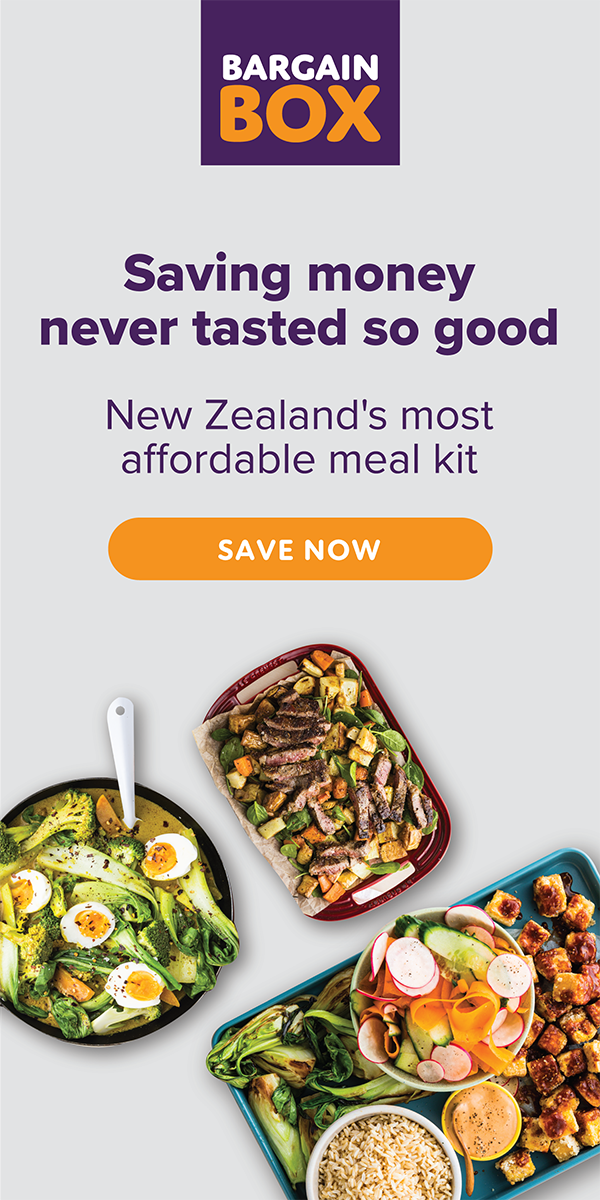Here at Bargain Box, we’re all about keeping it real! Finding the balance between cost and nutrition can be like walking on a tightrope. Our dietitian Lily ‘lentil’ shares how to get goodness into our meals – for less.
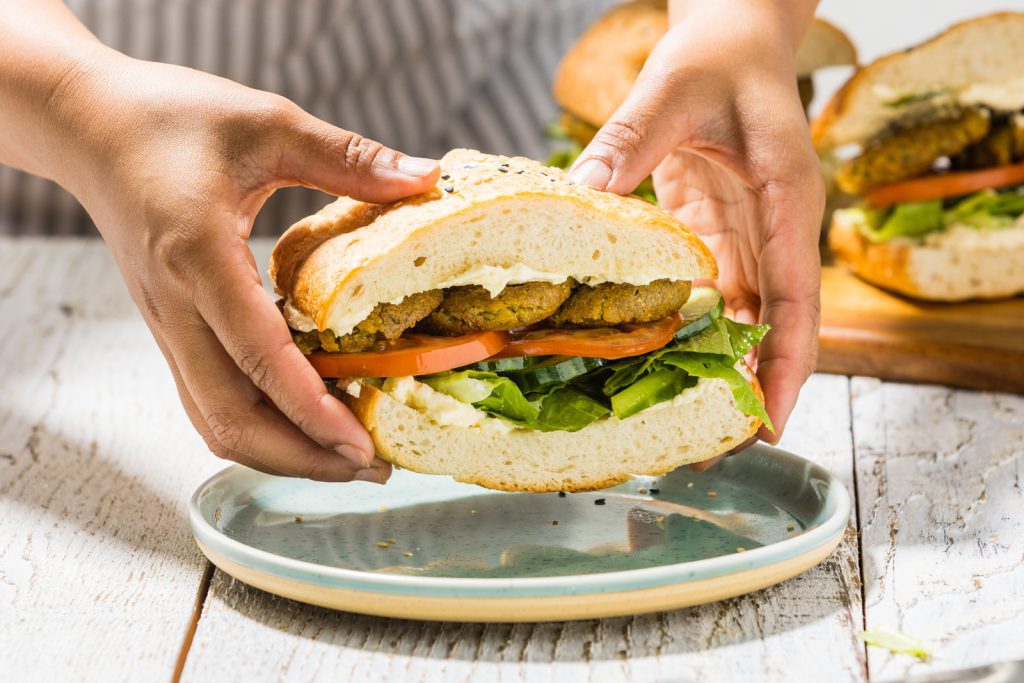
We all know good food fuels the body, but this can feel tough in the middle of a cost-of-living crisis!
The good news is that a nourishing meal doesn’t need all the bells and whistles. In fact, the simpler the better, especially on those busy weeknights.
Cook at home
The first step is carving out time each week to cook a few meals at home. This doesn’t need to mean spending hours in the kitchen every night. Cooking a meal to eat across a few dinners is one of the smartest ways to use your time – and makes for super cost-effective meals! You’ll find plenty of recipes in the Saver Flavour cookbook to help you – my faves are the Hearty Veggie Bake or the One Pot Mexican Bolognese – these are easy to bulk up with extra frozen veggies, beans or meat to make them go further, too. Our Bargain Box ‘Feed the Team’ recipes are also great to help you cook more at once.
The reason cooking a balanced meal is so important, is because we’re using whole foods like rice, veggies, meats and beans which are eaten as nature intended. Each whole food has a unique food matrix with vitamins, minerals and bioactive compounds that when eaten together improve the digestion, absorption of nutrients and in the long-term benefits the health of everyone in the household (1).
Not only do you have more control of what’s going into your meals when you cook at home, but it’s usually more affordable than takeaways! Making eating a balanced meal easier, and cheaper!
Mix it up
Next, it’s about mixing it up as much as possible and getting a wide range of plant foods on our plates.
Ever heard the term ‘eat the rainbow’? This is all about including as many different types and colours of plant foods each week. Each different coloured plant gives our body a unique package of nutrients.
Research shows that when we eat 30+ different plants each week it can boost the diversity and health of the bacteria living in our gut (2). This sounds like a lot, but when we talk about plants, we mean EVERYTHING that can be grown and includes fresh, frozen and canned options like veggies, fruit, herbs, spices, legumes (like chickpeas), nuts, seeds and whole grains too. And it doesn’t have to cost an arm and a leg.
A few of my favourite budget-friendly ways to include a wide range of plants each week:
- Use frozen mixed vegetables or a frozen stir-fry mix.
- Use a spice or herb mix instead of a single herb or spice.
- Add frozen cauli or pumpkin to your mashed potato.
- Add canned lentils or grated carrot into a Bolognese or curry.
- Make porridge or homemade muesli with oats, coconut, raisins and seeds.
- Add canned four bean mix into a salad.
- Add canned fruit salad or frozen berries to a bowl of cereal.
- Make bliss balls with dried fruit, nuts and seeds.
- Choose a grainy or seeded bread.
Serve it up
When we serve up our meal we want to try and get the proportions about right.
We can get hung up on the perfect plate and hitting a set amount of vegetables each day but the reality is that our food intake has ebbs and flows.
Some meals lend themselves to more veggies, carbs or protein foods than others. E.g. a pasta dish will have more carbs where a roast will have more veggies and protein. What’s most important is the bigger picture and balance across a day, week or month.
The magic formula is somewhere around ¼ plate protein, ¼ plate grains and other carbs and the remaining ½ plate veggies.
As in our Bargain Box recipes, we’ve got you covered with our Saver Flavour e-cookbook meals, which always follow a balanced approach (you’ll even see the veggie content in each recipe stated at the top of each page!) Which means you can be confident you’re putting food on the table that is cheap, nourishing and most importantly – delicious!
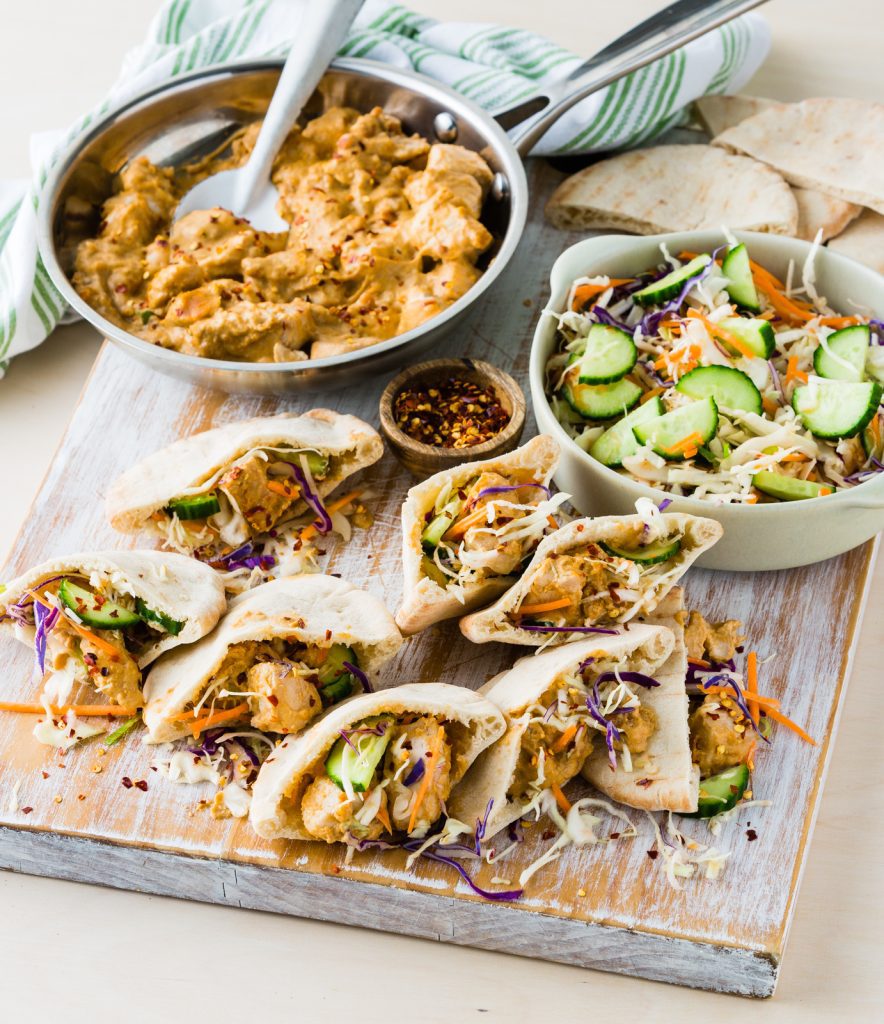
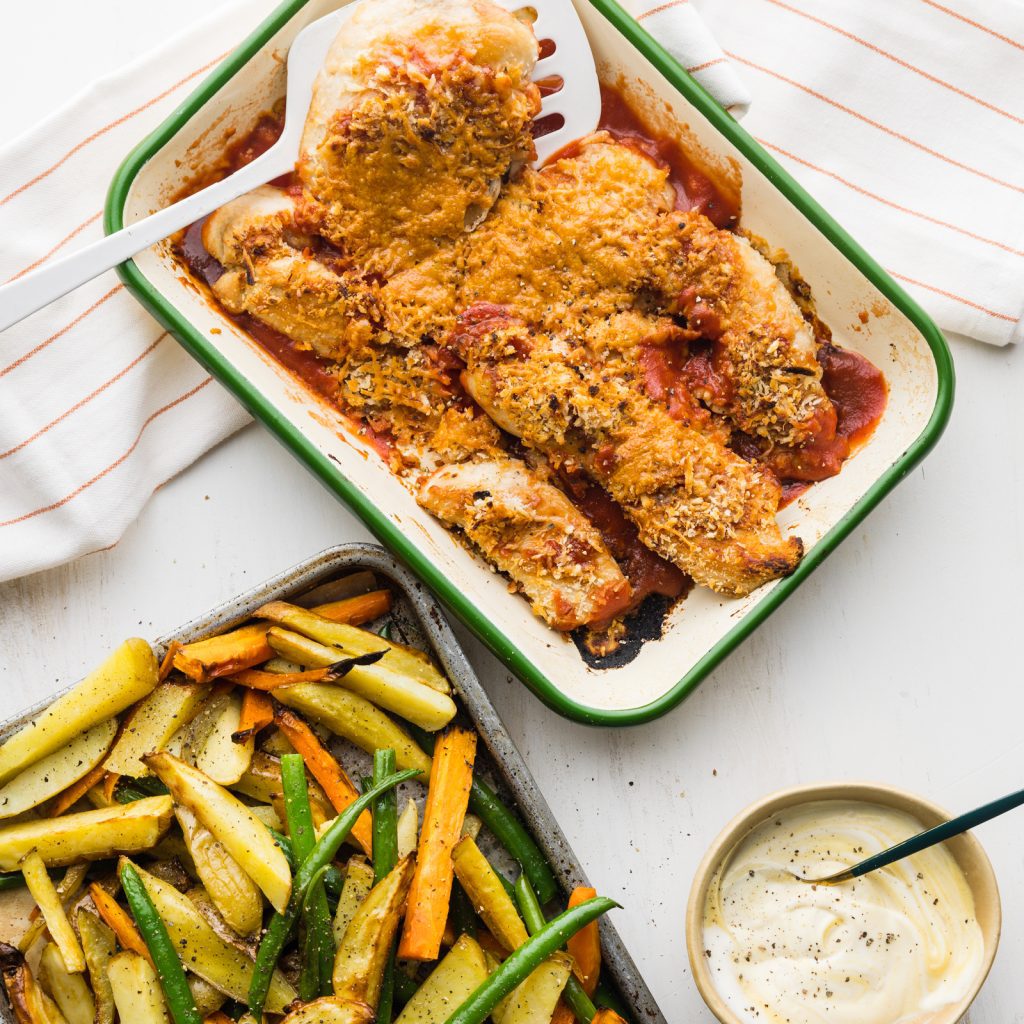
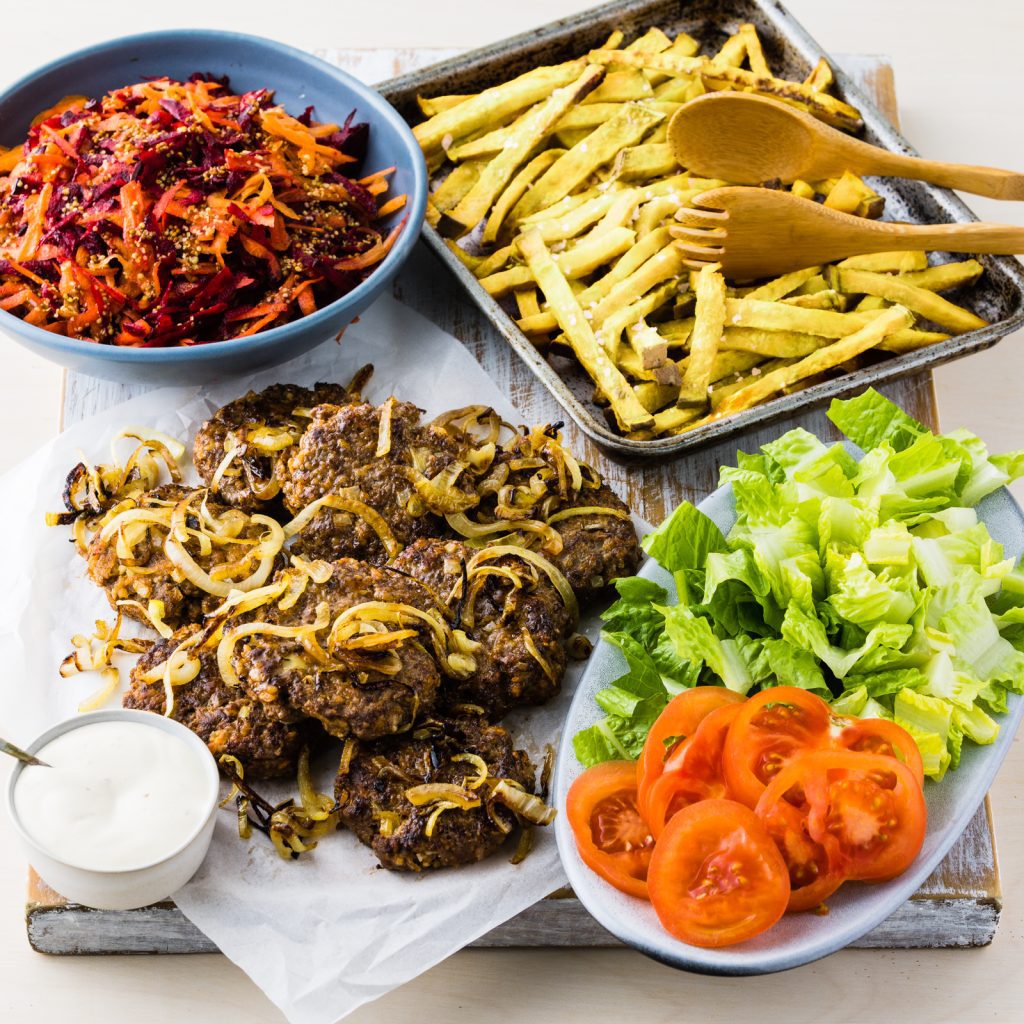
Lastly, any way that you can get veggies onto your kid’s plate is a win!
Whether that’s in the lunchbox, in a smoothie, grated into meals, cooked or raw. Any exposure is a good thing and can help kids along the path to enjoying and accepting them.
A few of my top tips:
- Get kids on cutting veggies. You’ll be surprised at how many they munch on without any pressure to eat!
- Include a veggie in the lunch box and pop them in the freezer or the evening meal to re-use if they come back uneaten.
- Grate carrot and courgette into mince dishes as they magically disappear.
- Present all foods in the middle of the table and let kids serve themselves without any pressure. If we make a big deal – they’ll be less likely to want to eat them.
Our Bargain Box recipes have been carefully planned out by our team of chefs and nutritionists, making sure they’re well balanced, contain variety of ingredients, and 1-3 servings of veggies per serve. We do the hard work for you, so you can be rest assured you’re eating a tasty, nutritional dinner – at an affordable cost.
References
- Christopher J Cifelli, Looking beyond traditional nutrients: the role of bioactives and the food matrix on health, Nutrition Reviews, Volume 79, Issue Supplement_2, December 2021, Pages 1–3.
- McDonald D et al. American Gut: an Open platform for Citizen Science Microbiome Research. American Society for Microbiology. Research article. May 2018.

